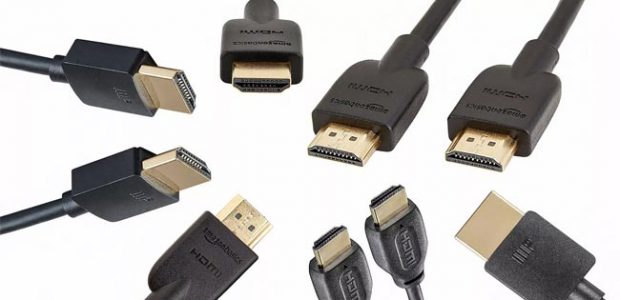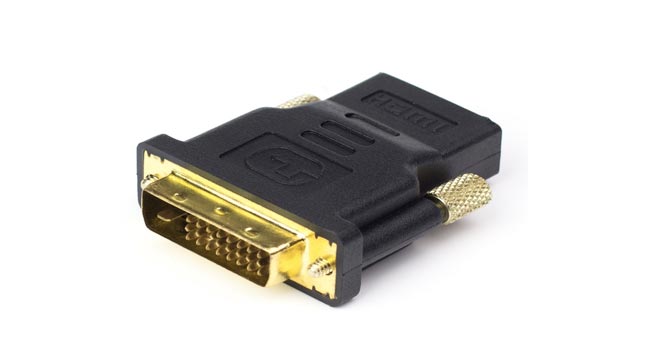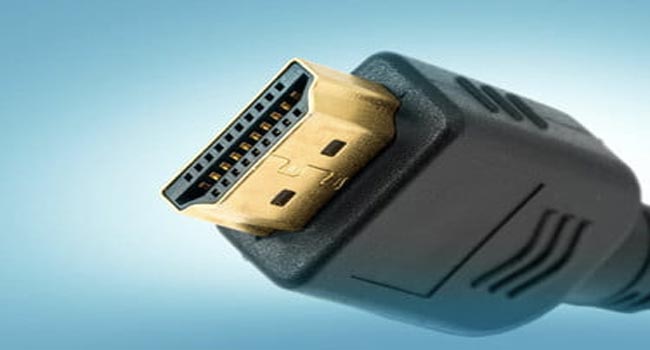
HDMI cables have edged out all its competitors by providing excellent functionality and convenient usage. Unlike its predecessors, it does not only support video data but audio as well. An HDMI cable can take your viewing experience to the next level by providing high-quality visuals. You can use it with HD TV, gaming consoles and monitors.
HDMI cables can be categorized into several types based on different parameters. In such a huge variety of options, choosing the right one becomes difficult. However, there are some companies like Scondar that guide you to make a well-informed decision. If you are planning on buying an HDMI cable, this blog will help understand all of its classifications.
Version 1.0:
The HDMI 1.0 was the initial version of HDMI launched in 2002. Unlike DVI cable, it provided both audio and video digital signals. The architecture employed by HDMI Version 1.0 for signal transmission is similar to that of DVI cables. The highest data rate of HDMI 1.0 was 4.95 Gbps per link, and encoding used was 8b/10b.

HDMI 1.0 could not automatically run RGB video without any support. However, it supported color depth up to 12 bpc, which was really good compared to its predecessors.
Version 1.1:
It was the second version of HDMI released in 2004. The main functionality added in the HDMI 1.1 cable was the DVD-Audio support. It also added the ability to transmit surround sound like Dolby Digital.
Version 1.2:
HDMI 1.2 was launched in 2005 and supported the audio from DVDs and CDs. It finished the need of using explicitly stated formats broadening the scope of it. It explicitly supported different new video formats for giving a better display. The HDMI 1.2 also made sure that multiple sources can support Y′CBCR color space.
HDMI 1.2a:
The HDMI version 1.2 a was launched in December 2005. It specified Consumer Electronic Control (CEC) features to facilitate coordination between different devices.
Version 1.3:
The HDMI version 1.3 was launched in June 2006 and came up with some promising additions. In this version, the bandwidth was increased up to 8.16 Gbit/s along with the 10.2 Gbps maximum data transfer rate. There were some changes made in color depth by adding support up to 16bpc. The HDMI version 1.3 also added support to x.v.YCC giving a broader color space.

It added automatic audio syncing and also gave optional support to different surround sound formats like Dolby TrueHD.
Version 1.3a:
HDMI version 1.3a was launched in November 2006 with slight changes in HMDI 1.3. There were several changes made electrically to facilitate the transmission of signals at a quicker rate. It also supported an optional stream of SACD in DST bitstream.
Version 1.4:
HDMI version 1.4 was launched in 2009. Along with 3D videos, it also supported 2K and 4K videos at a specified frequency between 24 and 30 Hz. This was a big step forward in the development of HDMI that contributed to its popularity. HDMI Ethernet Channel (HEC) was added to facilitate two directional high-speed transmissions of signals along with internet sharing.
An audio return channel was also added in this format that made more audio transmission on a single connection possible. The HDMI version 1.4 enhanced the color space support for digital cameras providing more realistic colors.
Version 1.4a:
The HDMI 1.4a version was launched in 2010 and mainly focused on improving the 3D technology in HMDI. It provided additional 3D support for TV and satellite broadcasting.
Version 1.4b:
This version was launched in 2011 and introduced minor updates in version 1.4a. It enhanced the capabilities of transmitting high-definition 3D videos boosting the visual appeal of HDMI display.
Version 2.0:
The HDMI version 2.0 was released in 2013 and consisted of some major advancements. It increased the bandwidth to 18Gbps and enabled the transmission of a 4K video. HDMI 2.0 increased the 3D video transmission capabilities along with the addition of a theatrical format. It also allowed streaming of two videos on the same screen.
HDMI 2.0 expanded the audio format support to as much as 32 channels simultaneously. It allowed transmitting four audio streams to different listeners.
Version 2.0a:
It was released in 2015 with additional support for HDR (High Dynamic Range). Due to this, the 4K ultra video appears with much higher color quality.
Version 2.0b:

HDMI 2.0b was launched in 2016 further enhanced HDR support up to Hybrid Log Gamma. Due to this addition, the 4K Ultra HD video-quality for broadcasting was improved.
Version 2.1:
It was launched in 2017 with additional support for refresh rates and higher resolution. In addition to 4K and 8K, HDMI 2.1 can also transmit 10k video. It came up with a unique alteration for HDR on the scene by scene basis for better video streaming. The bandwidth was expanded to 48 Gbps enabling transmission of a larger quantity of data.
HDMI 2.1 supports variable refresh rates due to which the image is displayed with better consistency. It also came up with Enhanced Audio Return Channel(eARC) that ensures a crystal clear surround sound connection.
The HMDI version 2.1 also introduced new cable category known as 48G or Ultra-High-Speed HDMI. It allowed cable certification for carrying high data rates and was also compatible with older HDMI devices.
Conclusion:
HDMI cables have seen a lot of advancements over the years, and they will get even better in the future. All the details mentioned above can provide you an overview of HDMI evolution in an orderly fashion.
